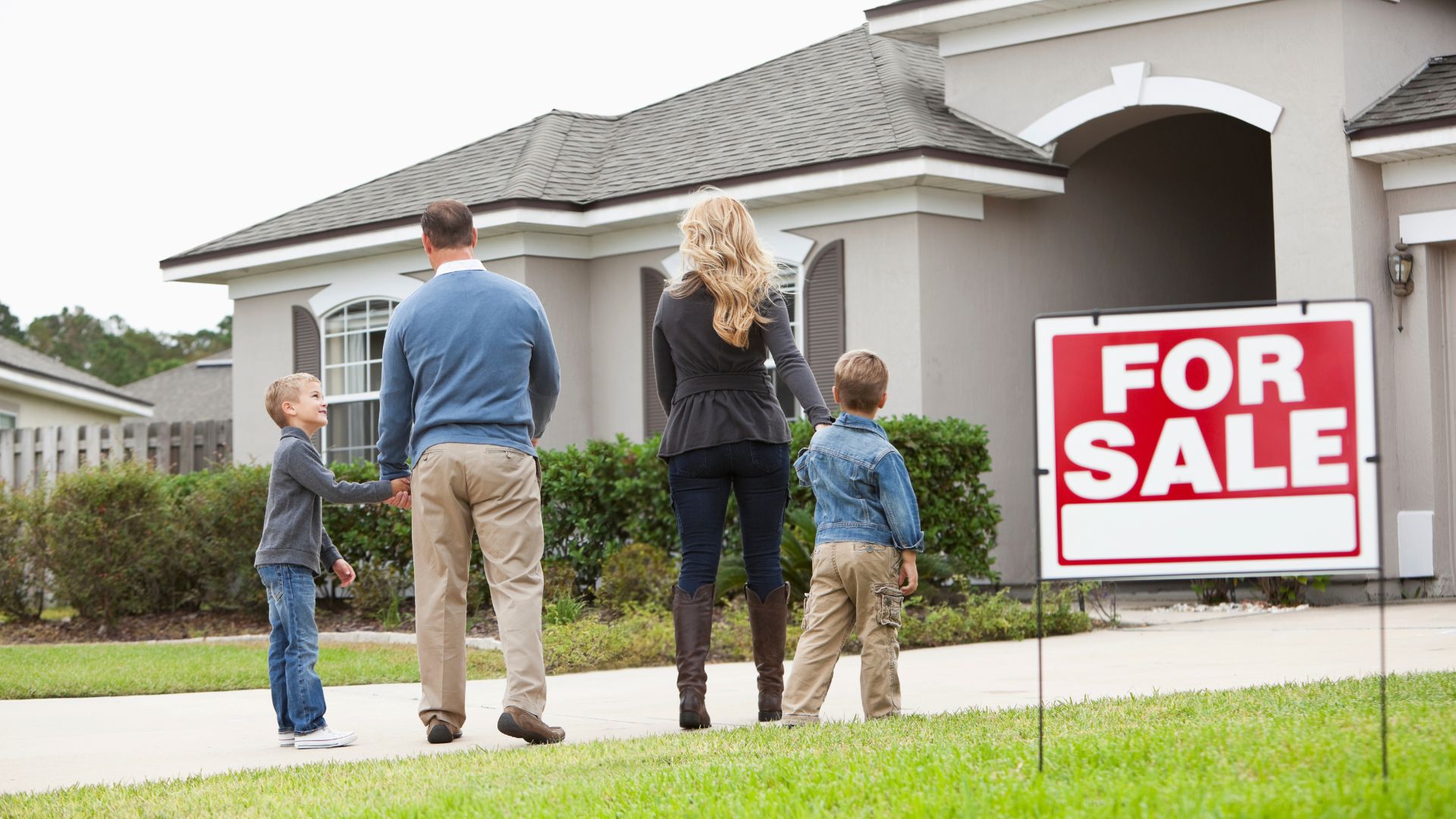Choosing the best roof for your home is one of the most important decisions you’ll make as a homeowner. The roof not only protects your home from the elements but also impacts energy efficiency, property value, and overall aesthetics.

Consider the Local Climate
The climate where you live plays a crucial role in selecting a roof. Some materials are better suited for certain weather conditions:
- Hot and Sunny Climates: Clay or concrete tile roofs are excellent for areas with a lot of sun, as they reflect heat and help keep the interior of the house cool.
- Cold and Snowy Climates: In areas where snow is common, metal roofs or asphalt shingles with a good pitch allow snow to slide off easily, preventing dangerous buildups.
- Hurricane or High-Wind Areas: Metal roofs are highly recommended due to their wind resistance.
Evaluate Durability and Maintenance
Each material has a different lifespan and requires varying levels of maintenance:
- Asphalt Shingles: These are affordable and easy to install but typically last between 20 and 30 years, requiring more frequent replacements.
- Metal Roofs: They can last between 40 and 70 years and require little maintenance, making them a long-term option.
- Wood Roofs: These are aesthetically pleasing and can last 30 to 50 years, but they require constant maintenance to prevent damage from moisture or insects.
- Slate Roofs: Although expensive, these roofs can last over 100 years with proper care, offering unmatched durability.
Architectural Style of the House
Your home’s style will also influence your roofing choice. Certain roof options complement specific architectural styles better:
- Colonial or Traditional Homes: Asphalt shingles or wood roofs are popular choices.
- Modern or Contemporary Homes: Flat or metal roofs fit well with minimalist designs.
- Mediterranean-Style Homes: Clay or concrete tiles are ideal for this style.
Energy Efficiency
The roof can also impact your home’s energy efficiency. Reflective roofs, such as metal, can reduce the solar heat entering the house, helping lower air conditioning costs in the summer. Additionally, some roofs can be installed with extra insulation to improve heat retention in the winter.
Budget
Cost is a decisive factor for many homeowners. It’s important to balance what you can afford with the durability and features of the roof:
- Asphalt Shingles: These are the most affordable option but with a shorter lifespan.
- Metal Roofs: These have a higher upfront cost, but their durability and low maintenance can make them worthwhile in the long run.
- Slate or Copper Roofs: These are the most expensive options, but also the most durable and aesthetically appealing.
Environmental Considerations
If sustainability is important to you, consider eco-friendly materials like green roofs, which are vegetative roofs that help reduce carbon footprints and improve energy efficiency. Metal roofs and clay tiles can also be sustainable options due to their long lifespan and recyclability.
Local Regulations and Restrictions
Before making a final decision, check local regulations or community restrictions. Some areas may have specific rules about the types of materials or roof styles allowed, which could limit your options.
Conclusion
Choosing the best roof for your home is a decision that should be made carefully, considering factors like climate, durability, architectural style, energy efficiency, and budget. Taking the time to evaluate all these variables will help you select a roof that not only protects your home but also enhances its value and keeps it aesthetically pleasing for many years. A well-chosen roof is an investment in the safety, efficiency, and beauty of your home.






